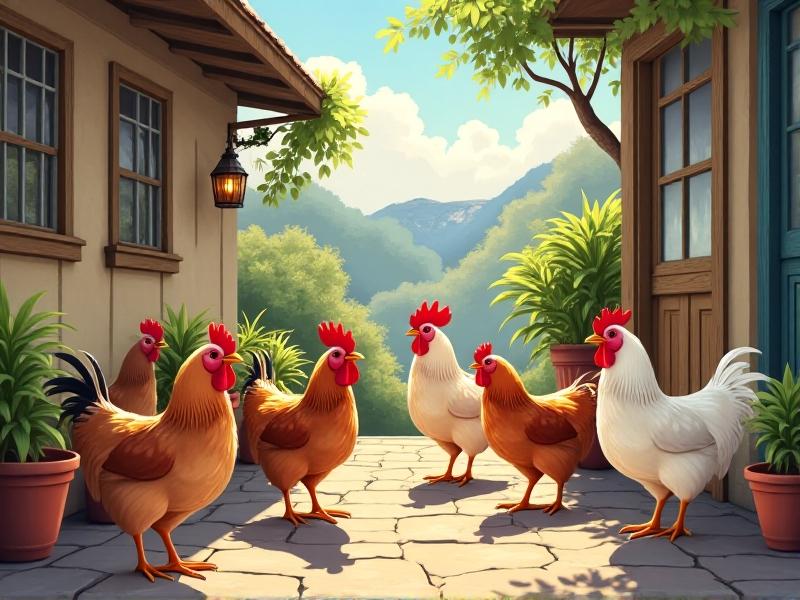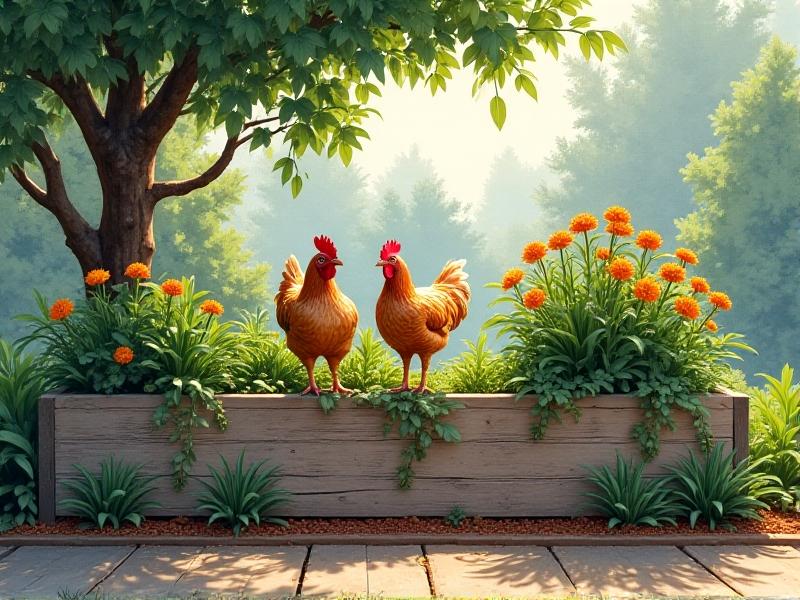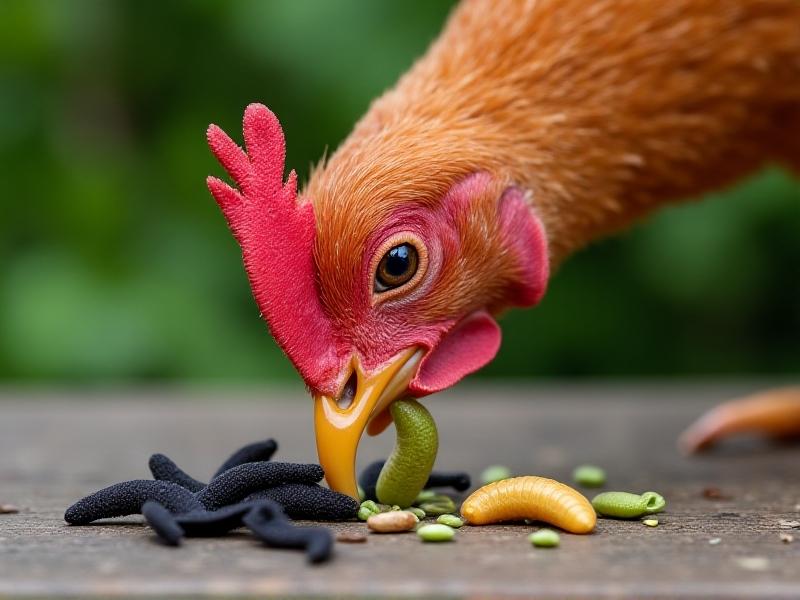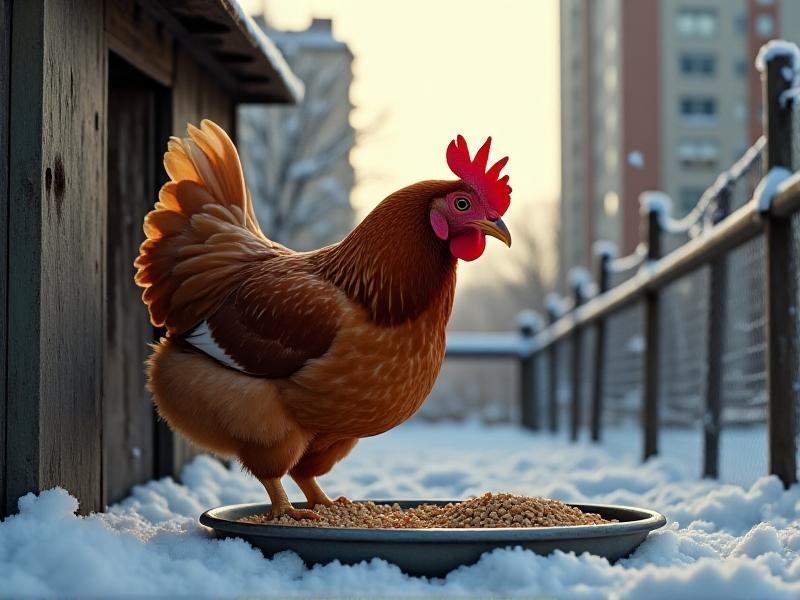The Urban Chicken Diet: Supplementing Store-Bought Feed
Why Supplementing Store-Bought Feed Matters for Urban Chickens
Urban chicken-keeping has surged in popularity, but relying solely on commercial feed can leave gaps in your flock's nutrition. Commercial feeds are formulated to meet basic dietary needs, yet they often lack the diversity found in a chicken’s natural foraging diet. Supplementing with fresh, nutrient-rich foods enhances egg quality, boosts immune health, and satisfies chickens’ instinctual scratching and pecking behaviors. Additionally, integrating kitchen scraps or garden surplus reduces waste and lowers feed costs, aligning with sustainable urban living principles.

Natural Forage: Turning Urban Spaces into Chicken Buffets
Even in small backyards, chickens can benefit from foraging opportunities. Weeds like dandelions and clover are protein-rich treats, while grass provides fiber. Create a “chicken garden” with safe plants like kale, squash, or herbs such as oregano, which has natural antibacterial properties. Rotate grazing areas to prevent over-scratched soil and allow plants to regrow. Foraging not only diversifies their diet but also keeps chickens mentally stimulated, reducing boredom-induced behaviors like feather-pecking.

Kitchen Scrap Essentials: What’s Safe (and What’s Not)
Chickens thrive on vegetable peels, fruit rinds, and cooked grains, but avoid avocado skins, raw potatoes, and salty or sugary leftovers. Citrus should be given sparingly, as it can hinder calcium absorption. Freeze scraps in summer for a cooling treat, or bake crushed eggshells at 300°F for 10 minutes to recycle calcium for stronger eggshells. Always chop scraps into bite-sized pieces to prevent choking and ensure equal access among the flock.

Protein Boosters: Beyond Commercial Feed
Insects like mealworms or black soldier fly larvae are excellent protein sources, especially during molting or egg-laying cycles. Sprout lentils or sunflower seeds for a budget-friendly boost—soak seeds overnight, then rinse daily until shoots appear. Fermented feed, made by soaking pellets in water for 2–3 days, increases probiotics and nutrient availability. These supplements mimic the protein-rich insects chickens would naturally consume in the wild.

Seasonal Adjustments: Tailoring Diets Year-Round
In summer, hydrate chickens with watermelon or frozen herb cubes. Increase electrolytes by adding a pinch of salt and apple cider vinegar to water. During winter, offer warm oatmeal mixed with dried insects and grated root vegetables for extra calories. Adjust portions if chickens are less active to avoid obesity, and use scratch grains sparingly to encourage movement in colder months.
Common Mistakes to Avoid When Supplementing
Overfeeding treats can lead to unbalanced diets—limit supplements to 10% of daily intake. Avoid moldy or spoiled scraps, which cause digestive issues. Never substitute grit (small stones) with eggshells, as grit is essential for digestion. Research plant toxicity; for example, rhubarb leaves are poisonous. Monitor flock health: watery droppings or reduced egg production may signal dietary imbalances.
The Benefits of a Diversified Diet for Hens and Keepers
Chickens with varied diets lay eggs with richer yolks and stronger shells due to increased vitamins and minerals. Owners save money by repurposing scraps and reducing feed purchases. Engaging chickens with foraging also strengthens the human-animal bond, as flocks become more interactive and curious. Ultimately, a supplemented diet fosters resilient, vibrant birds that embody the ethos of urban sustainability.







